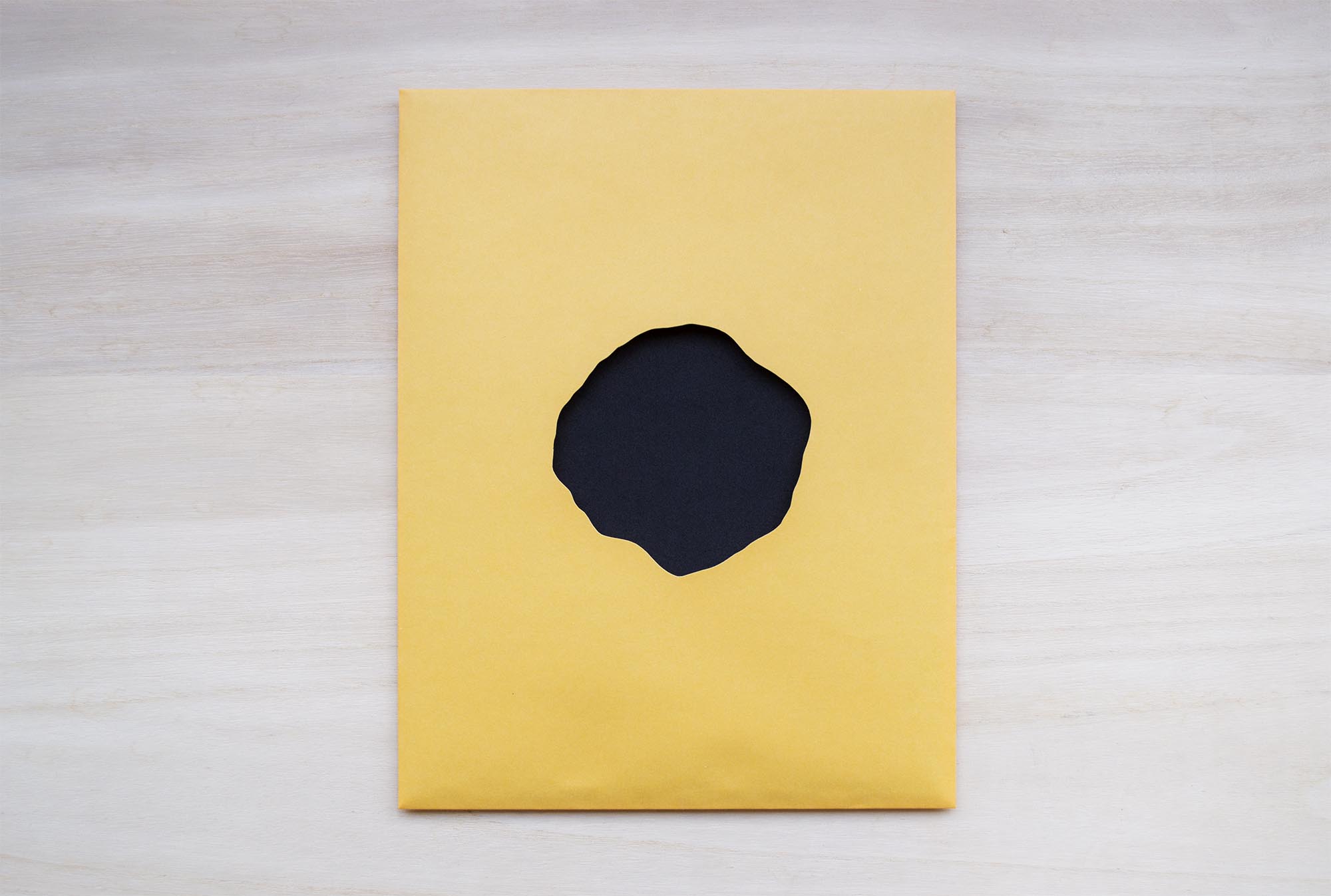
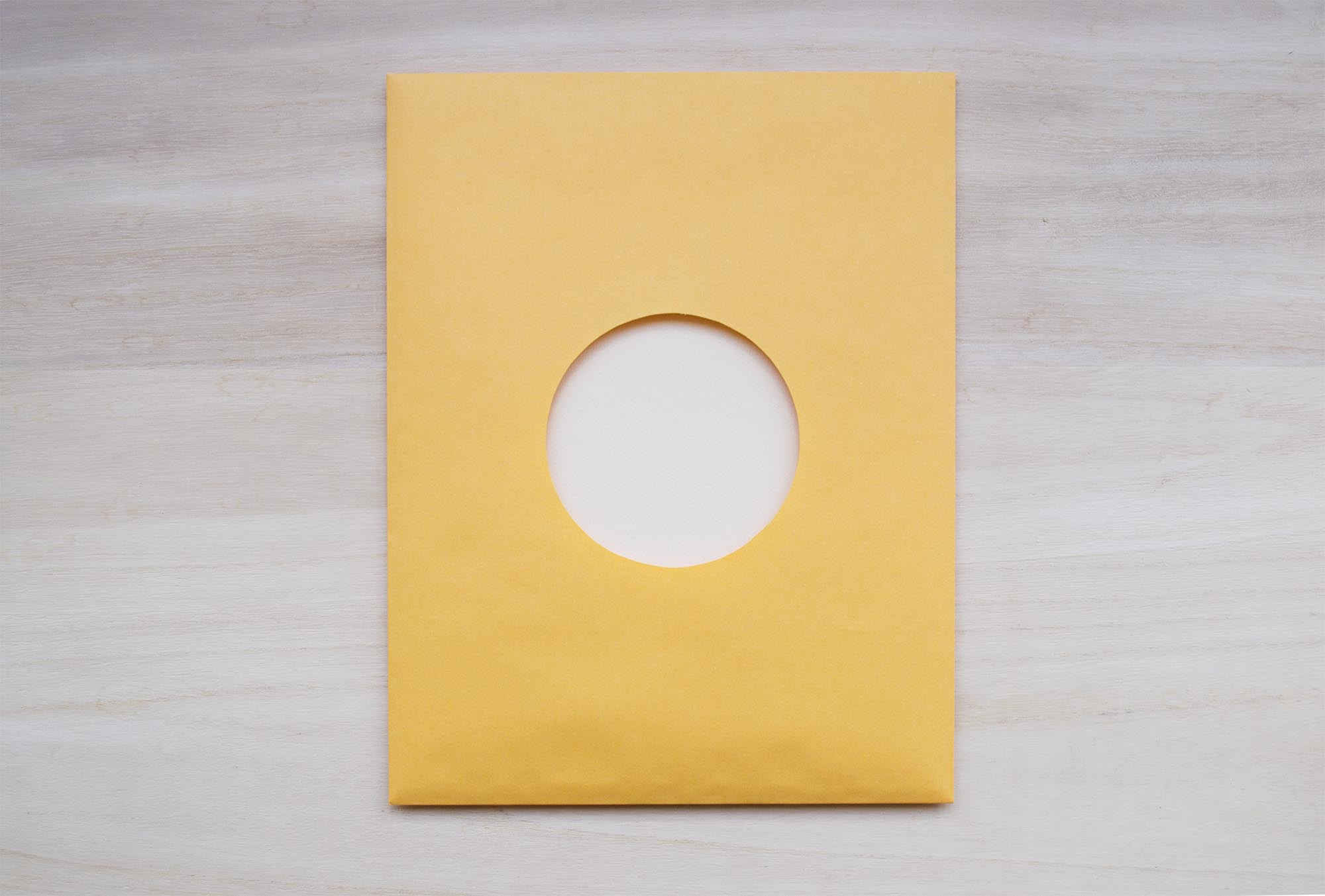


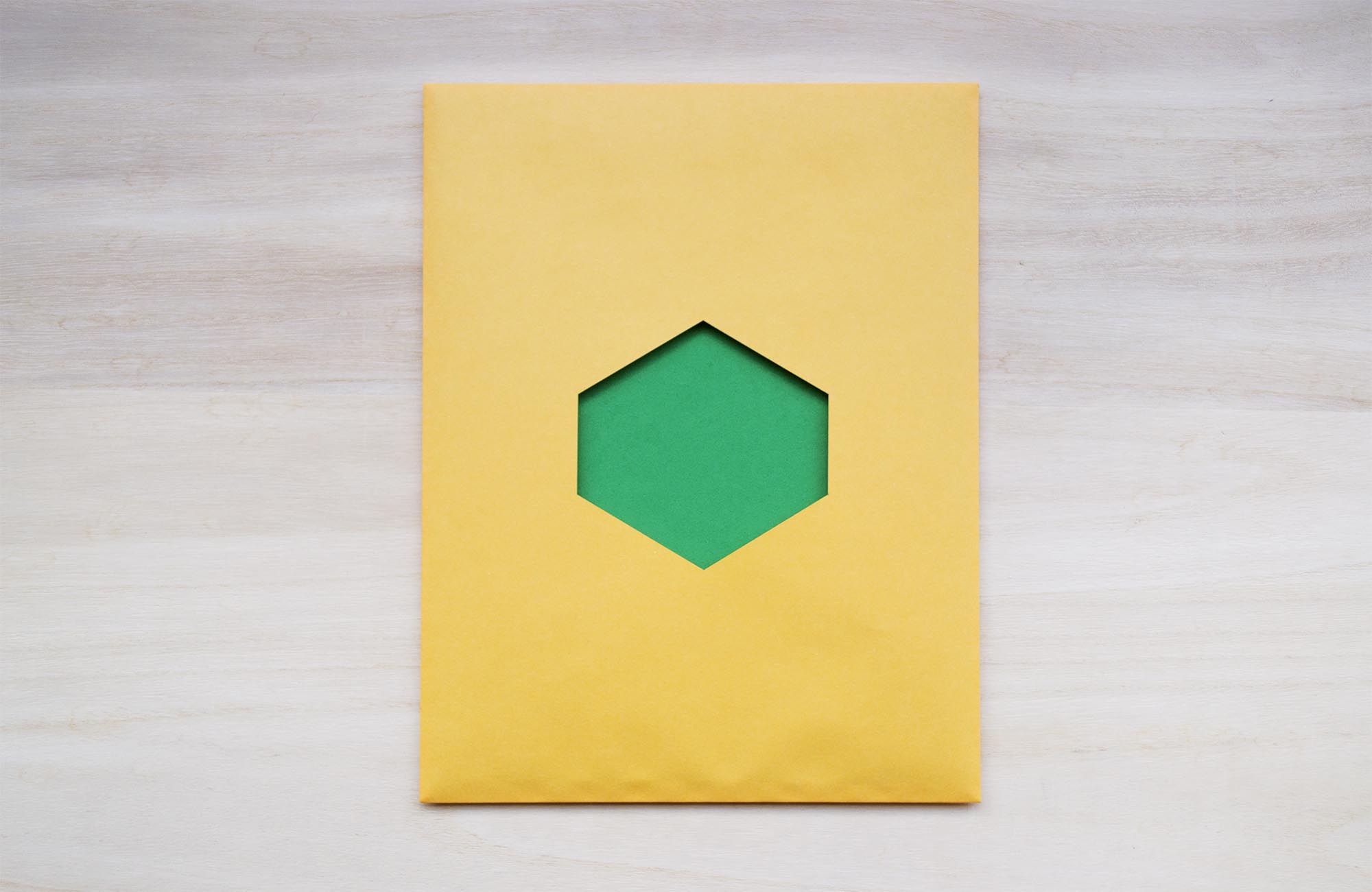

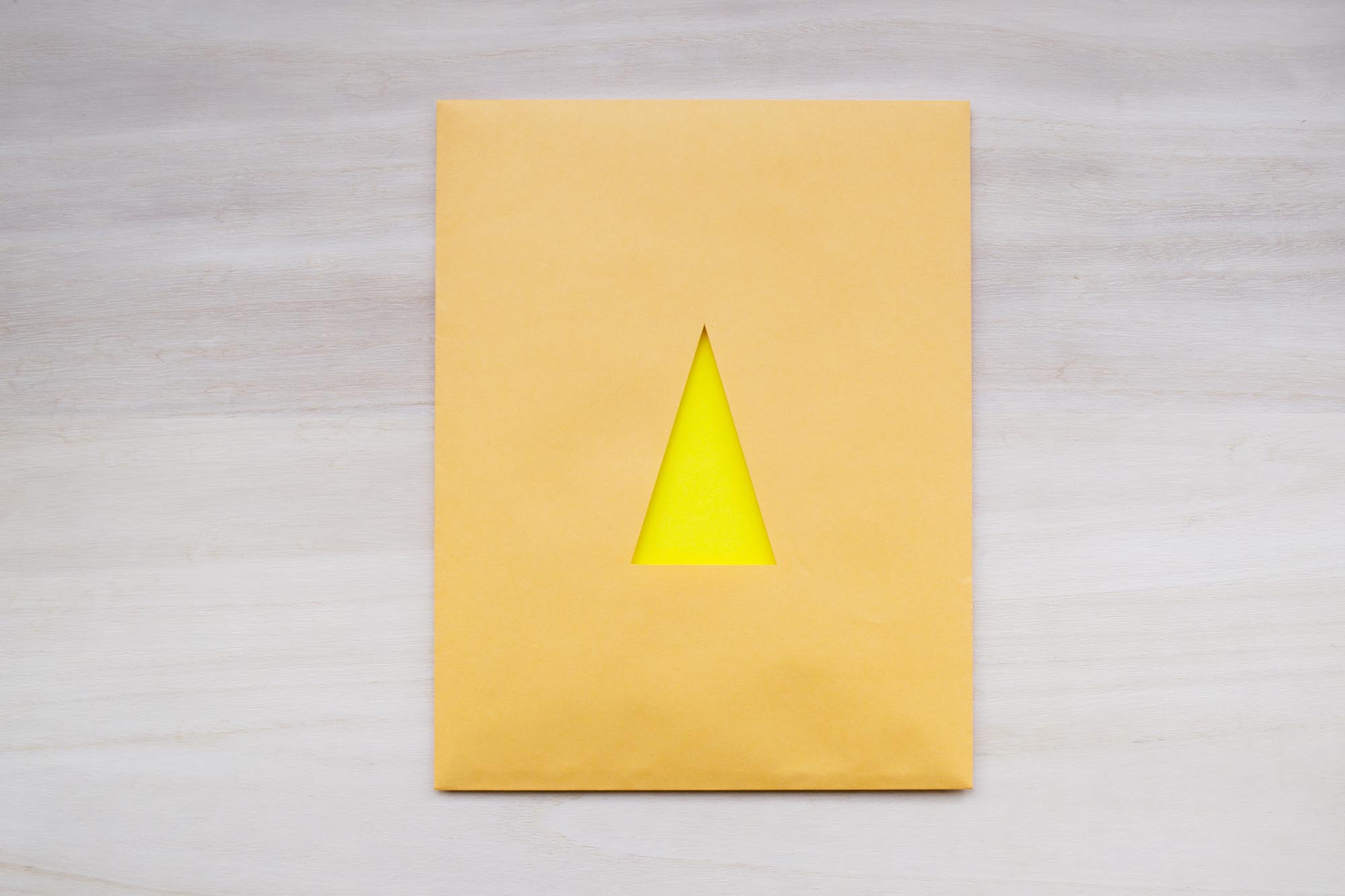

This work is based on the dystopian novel Flatland, written in 1884 by Edwin Abbot. In it, the author depicts a fictitious, flat world, in which each member of society is represented by a geometric figure corresponding to their gender or social position. In this unequal pyramid, women (lines) are at the bottom of the structure and are considered inferior to men. Then comes the workers and soldiers (isosceles triangles), followed by craftsmen and merchants (equilateral triangles), scientists and men of law (squares), the upper classes (hexagons), the nobles (polygons) and finally, at the top of that stratification, the priests (circles). On the outside are the irregular forms that are nothing more than outcasts of society. I use this visual metaphor to make evident the short distance that exists between this dystopia and reality –ruling elites, racial discrimination, gender inequality, and imposed religious beliefs–.
Lluvia de sobres, Museo Q
Lluvia de sobres, Museo Q





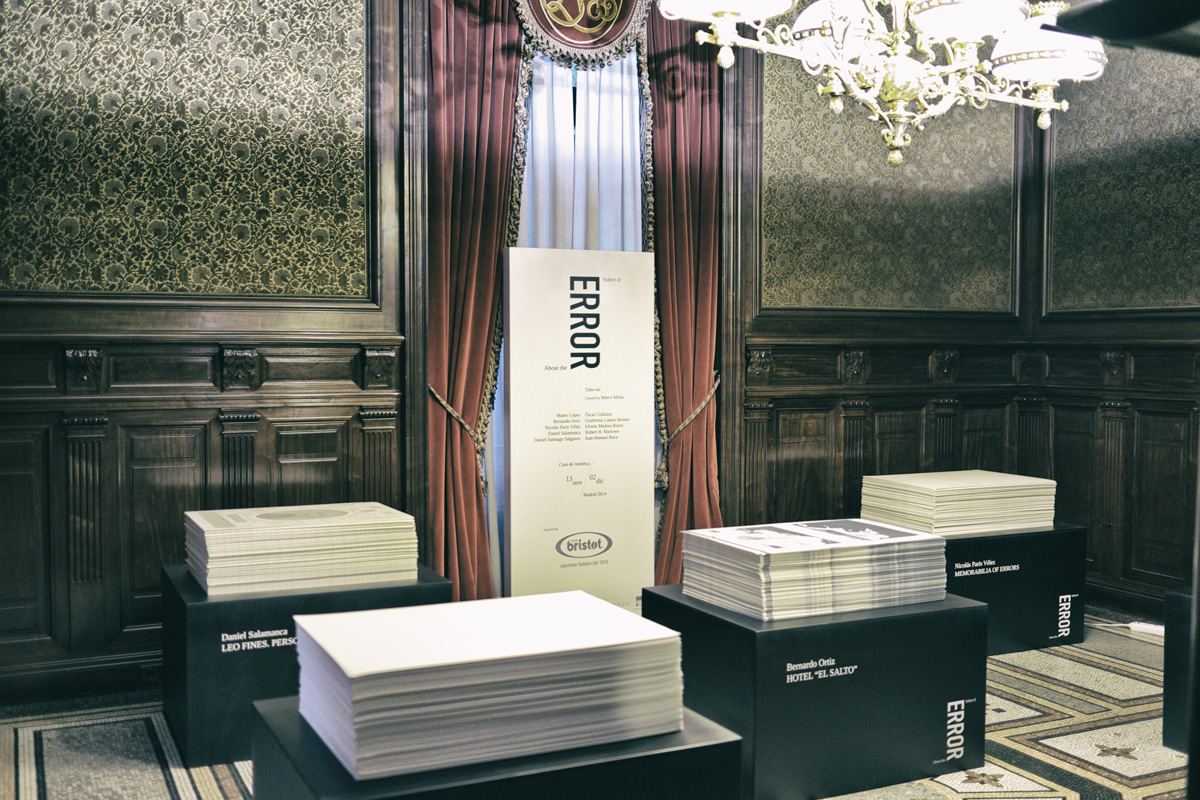



Imagine you are in an unknown place and a long ago era. You do not know if it is the future or the past, but it surely is your present. You continue being a human being and you continue belonging to a world which in turn is part of a vast universe. Although it seems quite different, in fact it has all remained the same. The error: the claim to be able to establish boundaries between people, entrust the controls of the game to a single person and imagine that things can change.
This picture has precisely to do with the construction of a fictional character, a multidisciplinary artist (not to mention the ability to juggle more than ten professions), who was given the monumental task of redesigning the world, with existing land borders: an impossible task which, in my view, calls into question the excessive human ambition to transcend, to find an absolute truth and to blame others for their own inability to do things well. Again, here is the error being debated in this outline, this inventory of lines and this absurd tale. It’s about how fiction is not very far from our reality.
Tales-on ERROR, a project by Marco Milán / Casa de América (Madrid) y Biblioteca Luis Ángel Arango (Bogotá) / editorial La Fábrica.
This picture has precisely to do with the construction of a fictional character, a multidisciplinary artist (not to mention the ability to juggle more than ten professions), who was given the monumental task of redesigning the world, with existing land borders: an impossible task which, in my view, calls into question the excessive human ambition to transcend, to find an absolute truth and to blame others for their own inability to do things well. Again, here is the error being debated in this outline, this inventory of lines and this absurd tale. It’s about how fiction is not very far from our reality.
Tales-on ERROR, a project by Marco Milán / Casa de América (Madrid) y Biblioteca Luis Ángel Arango (Bogotá) / editorial La Fábrica.